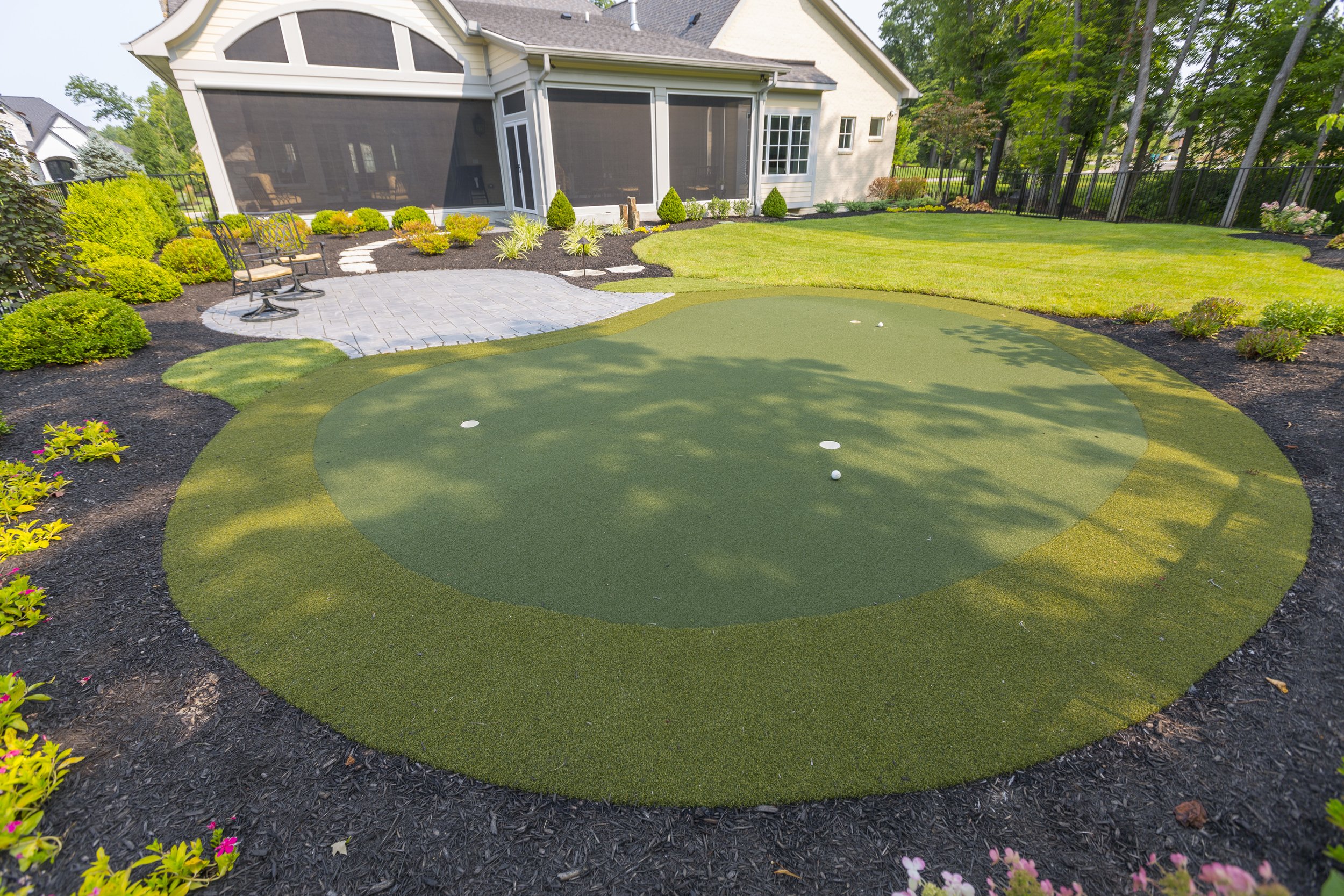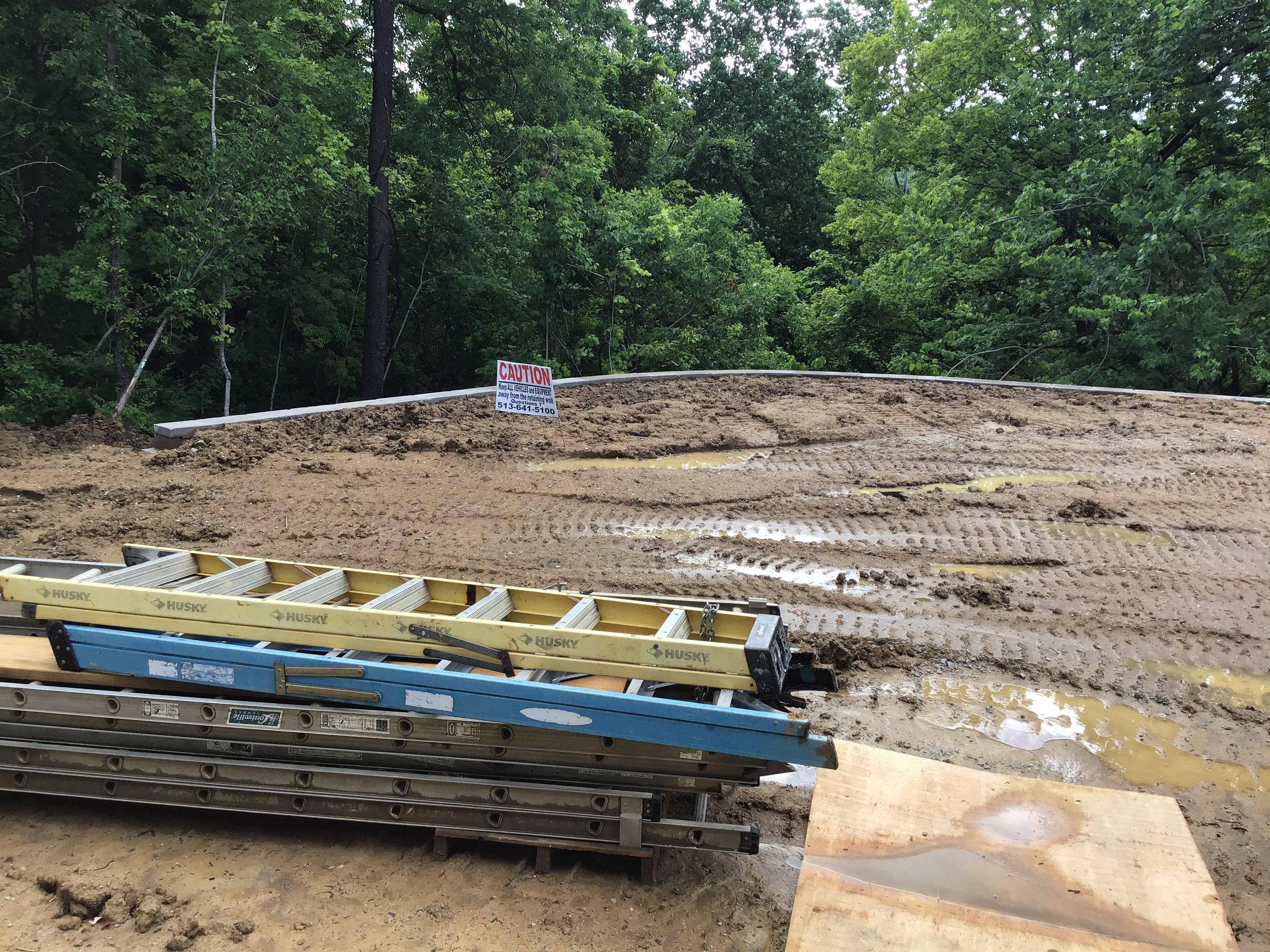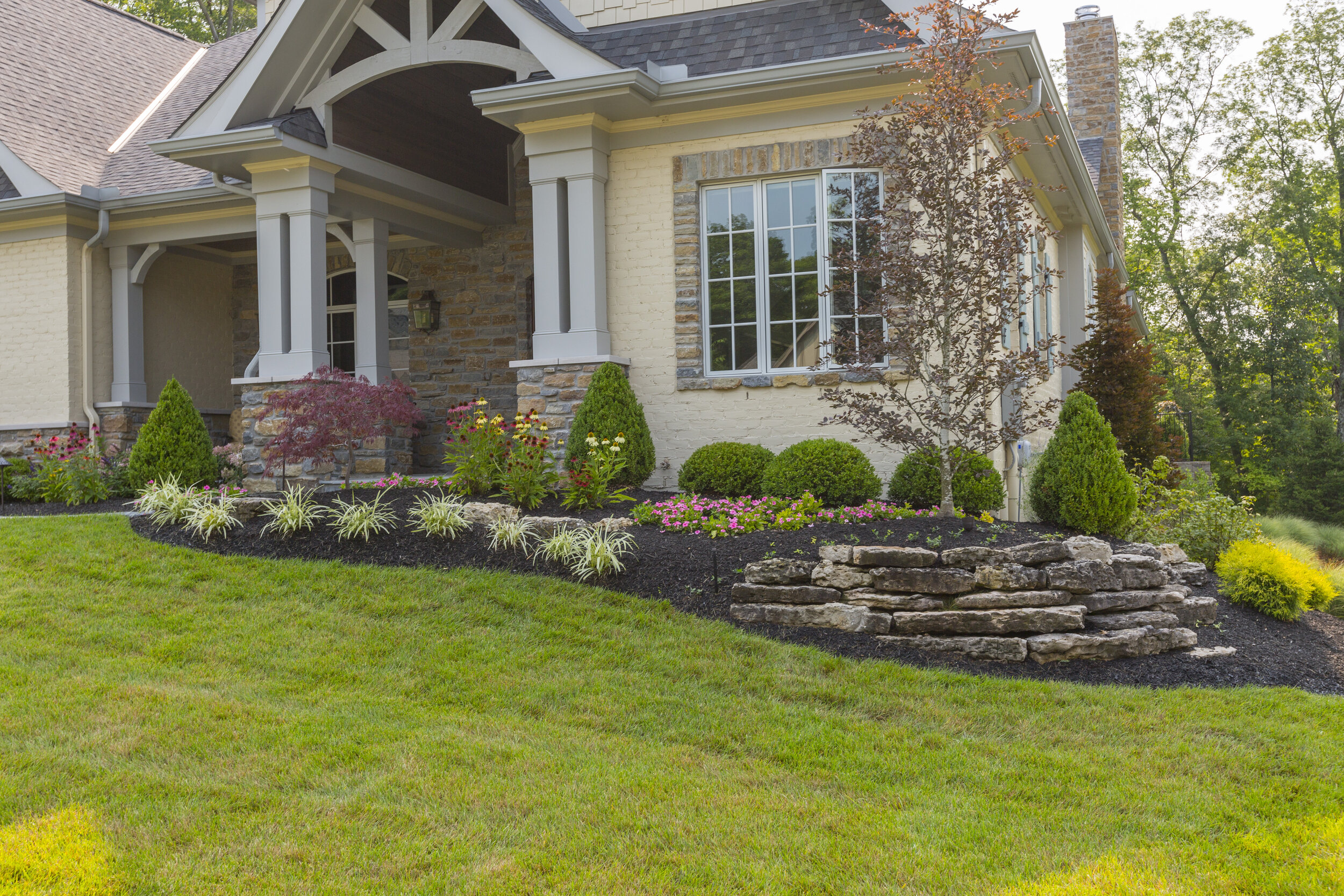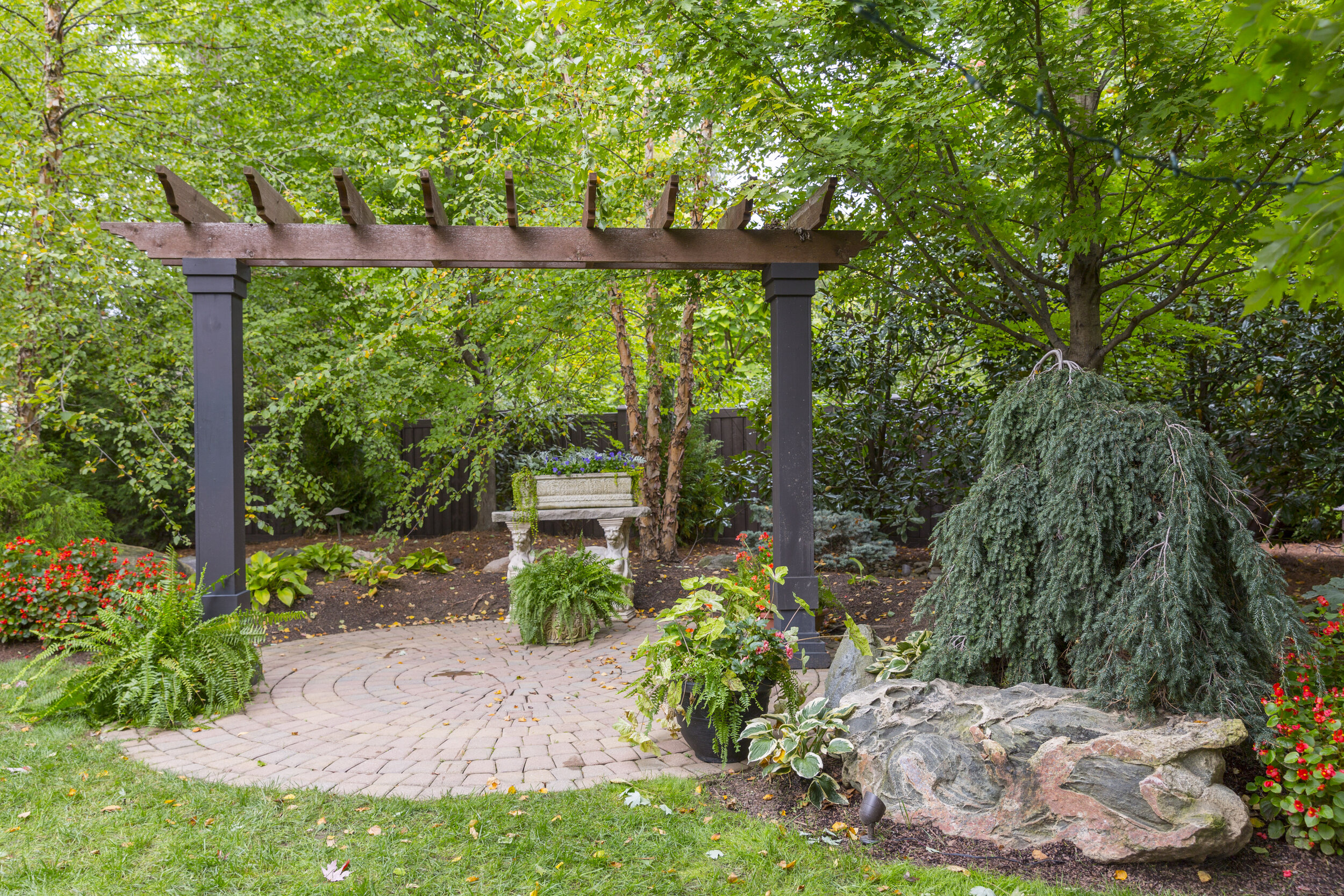Leaves and flowers are mostly gone, but your landscape can still look good in the winter if it’s designed properly. Here are some winter landscape ideas that will keep your yard lovely to look at this winter.
Plants That Perform
You can always count on evergreens to provide steady color throughout the winter. Implementing bushes and trees with berries like crabapple trees will also add vibrance to your landscape. Flowers like Sweet Peas will bloom throughout the winter if planted in the late fall. Other plants that will stand out in the snow are trees with interesting bark like river birch, Japanese flowering cherry or the paperbark maple.
Accessories for Charm
When the overall colors outside are brown and gray, it’s a pleasant surprise to see color and flashes of life in your landscaping. Look for accessories like yard art to liven up your landscape in the winter. Reflective surfaces bounce winter’s light around. Bird feeders and houses will bring birds to your yard along with signs of life. Incorporating a comprehensive exterior lighting plan into your landscape will brighten up your yard on long winter nights and welcome friends to your door.
Winter Maintenance
There are a few maintenance chores you can put on your winter to-do list that will keep your landscape looking fresh. Being cautious about not spreading ice-melting salt on your lawn will prevent bare spots from forming in your grass. Keeping your hanging baskets and window boxes filled with sticks, pinecones, berries and lights will liven up your curb appeal as well.
Choose a Landscaper That Values Landscaping During All Seasons
At Seiler’s we know how important it is that your landscape looks lively year ‘round. That’s why we offer Seiler’s 360 Landscape Maintenance to care for your yard all year long. Contact us today to get started with your landscape design.




























